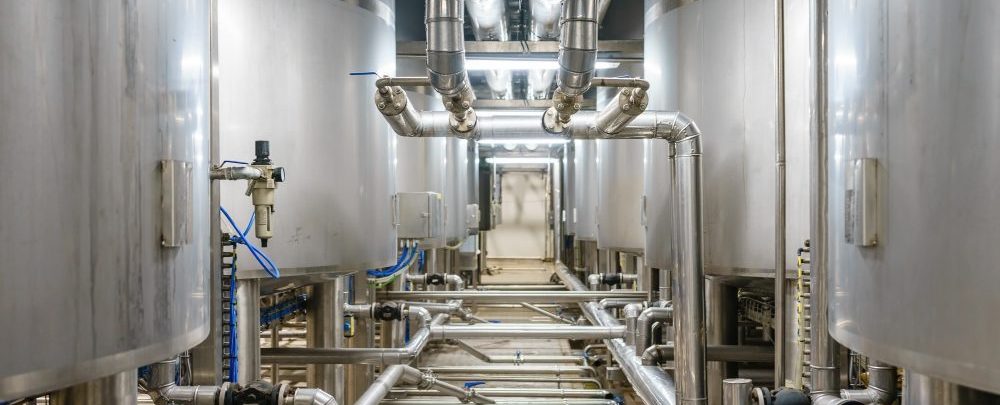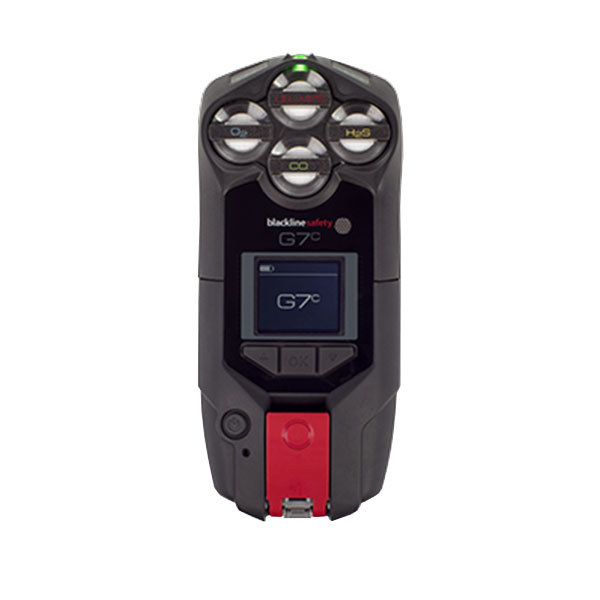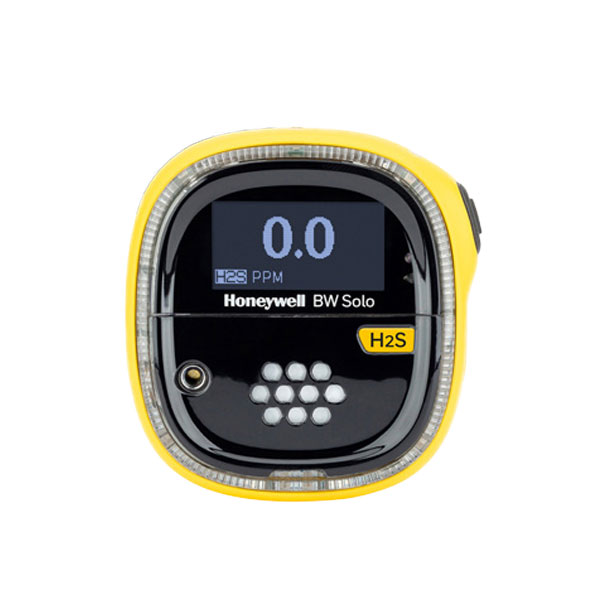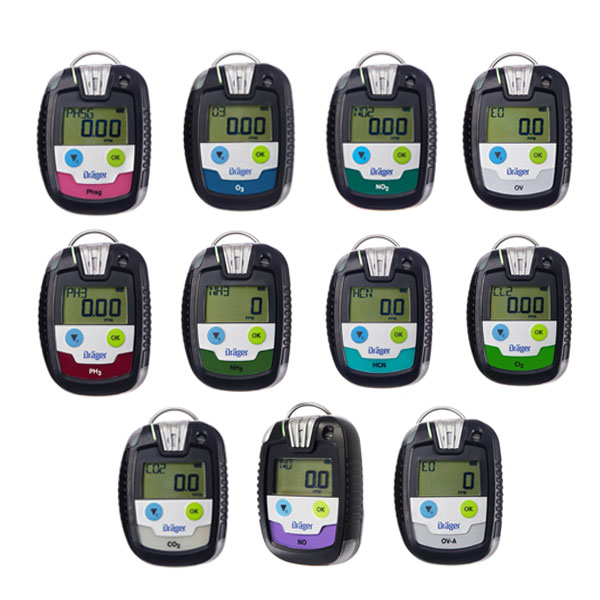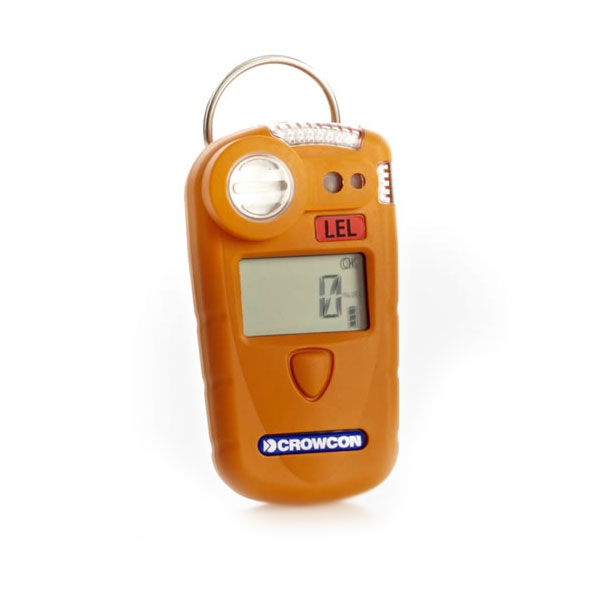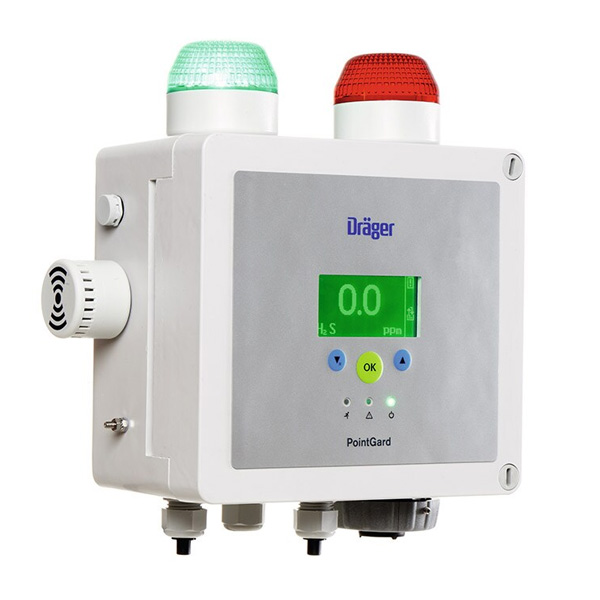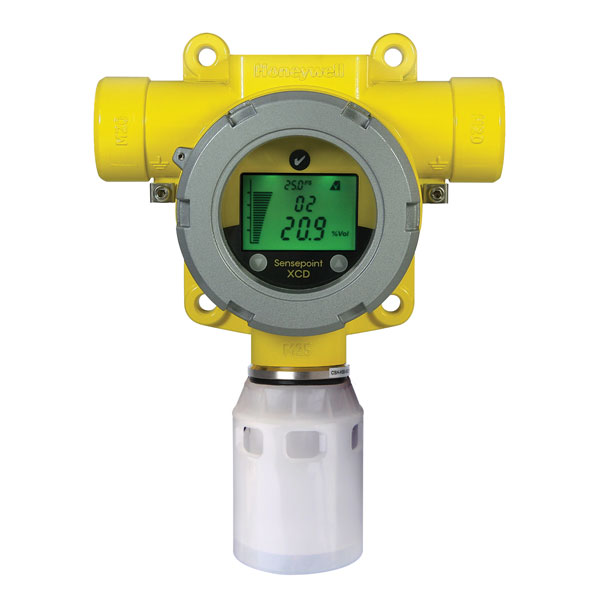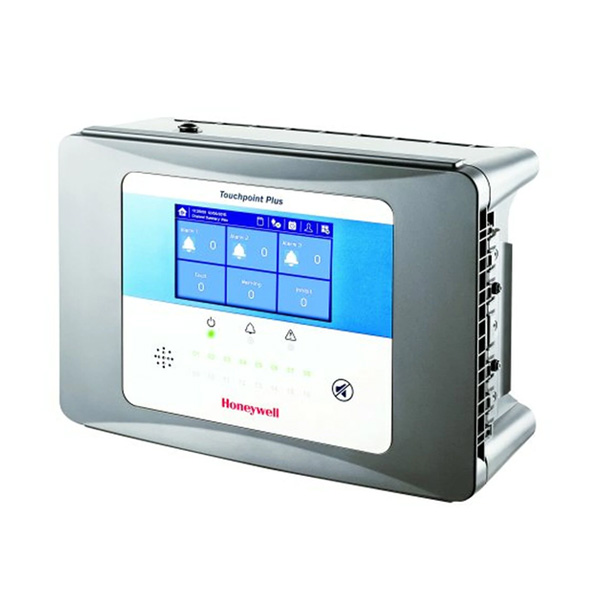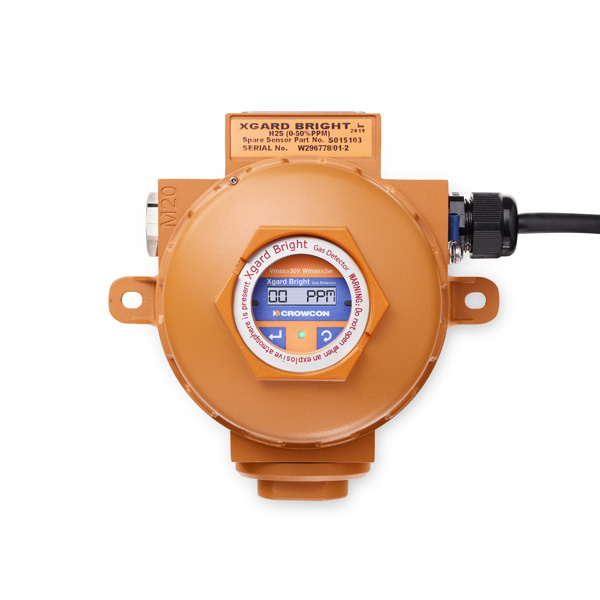CO2 Hazards & Best Practices. Although hazards associated with CO2 are commonly known throughout various industries, specifically breweries, best practices still aren’t enforced in every business; this results in tragic and avoidable accidents happening in the workplace every year. In one example, two workers based in Germany (which has a good track record for health and safety) died in two unrelated incidents under the same employer.
This outlines the harmful nature of CO2 and that enforcing prudent precautions can mean the difference between life and death.
To break it down, CO2 is capable of killing a person in one of two ways; the displacement of oxygen, which can lead to rapid asphyxiation, or as a toxin through inhalation. In both scenarios, you can categorise CO2 as a hazard when as little as 0.5% is present; when 10% or more is present in the space, this is considered lethal and can lead to imminent death. Additionally, without the appropriate gear, this gas is undetectable due to it being both odourless and colourless. Unfortunately, this can mean that there is no physical indication of its presence until it’s too late.
In regards to the brewery industry, carbon dioxide is a common by-product of the fermentation process; due to its molecular density, the residual gas typically collects at the bottom of confined spaces (e.g tanks and cellars), which could even leak out and sink into the floors. This is where it becomes really dangerous, as this trapped gas then forms deadly invisible pockets. From the initial brewing process right through to the end stage of packaging, CO2 is regarded as a considerable hazard throughout the manufacturing process.
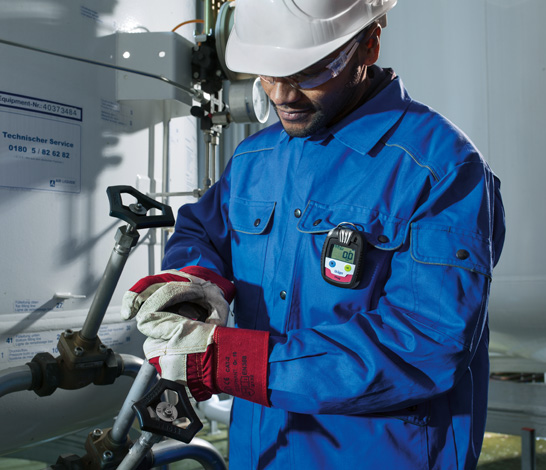
Because of CO2 Hazards, as a standard precaution, the areas in question should only be entered by employees and only when absolutely necessary. When this is essential, for example when carrying out an inspection, following industry protocol will minimise unnecessary health and safety risks. From the get-go, carbon dioxide should be completely removed from the contained space; this can be accomplished by discharging the fermentation/ pressurized gas directly into the open air via a ring main system. If your interior is unable to accommodate this, the gas will need to be manually removed and diverted.
Before a worker even enters the confined space, a release measurement should be taken using a suitable gas detector; this ensures that the CO2 concentration is within the acceptable parameters. In this instance, this assessment should only be undertaken by trained personnel, which is usually performed by lowering the device into the chamber for several minutes. Making sure that the equipment has been properly calibrated and tested will impact the reliability of the results, so it’s extremely important to do this before use.
Whenever CO2 Hazards spike outside of the predefined conditions, the audio/visual alarms will trigger immediately. As an industry standard, a CO2 volume of 0.5% will initiate a pre-warning; within 1 – 2%, the main alarm will activate. These parameters can be calibrated, based on the user’s preferences so that they don’t trigger too frequently, but still keep the user safe.
Gas detectors can come in one of two forms when catered to breweries, which include portable and fixed. A fixed system traditionally comprises multiple heads connected to a control panel. If the gas levels spike, the connected extractor fans are immediately triggered, whereas added precautions, such as beacons and sirens, can be implemented to warn nearby workers to vacate the premises.
Bear in mind when considering CO2 Hazards, that the majority of confined areas that require CO2 monitoring cannot accommodate a fixed system, a compact portable device is better suited for this environment. Ideally, this device should include a user-friendly interface, which would provide easy operation and minimise risks. There are many detectors that can accommodate multiple sensor configurations, while numerous product features are provided as an industry standard for this product type.
As this kind of technology could mean the difference between life and death, make sure you source a quality CO2 detector that is both reliable and durable. Reflect on the environment that it will be used in, as it will need to be compact and impact resistant; a well-crafted gas detector will need to be sturdy enough to support you throughout your day-to-day operations.
Take a look at our most popular fixed and portable gas detectors below… or call 02920 759 683 today.
Posted by Ryan Jenkins






